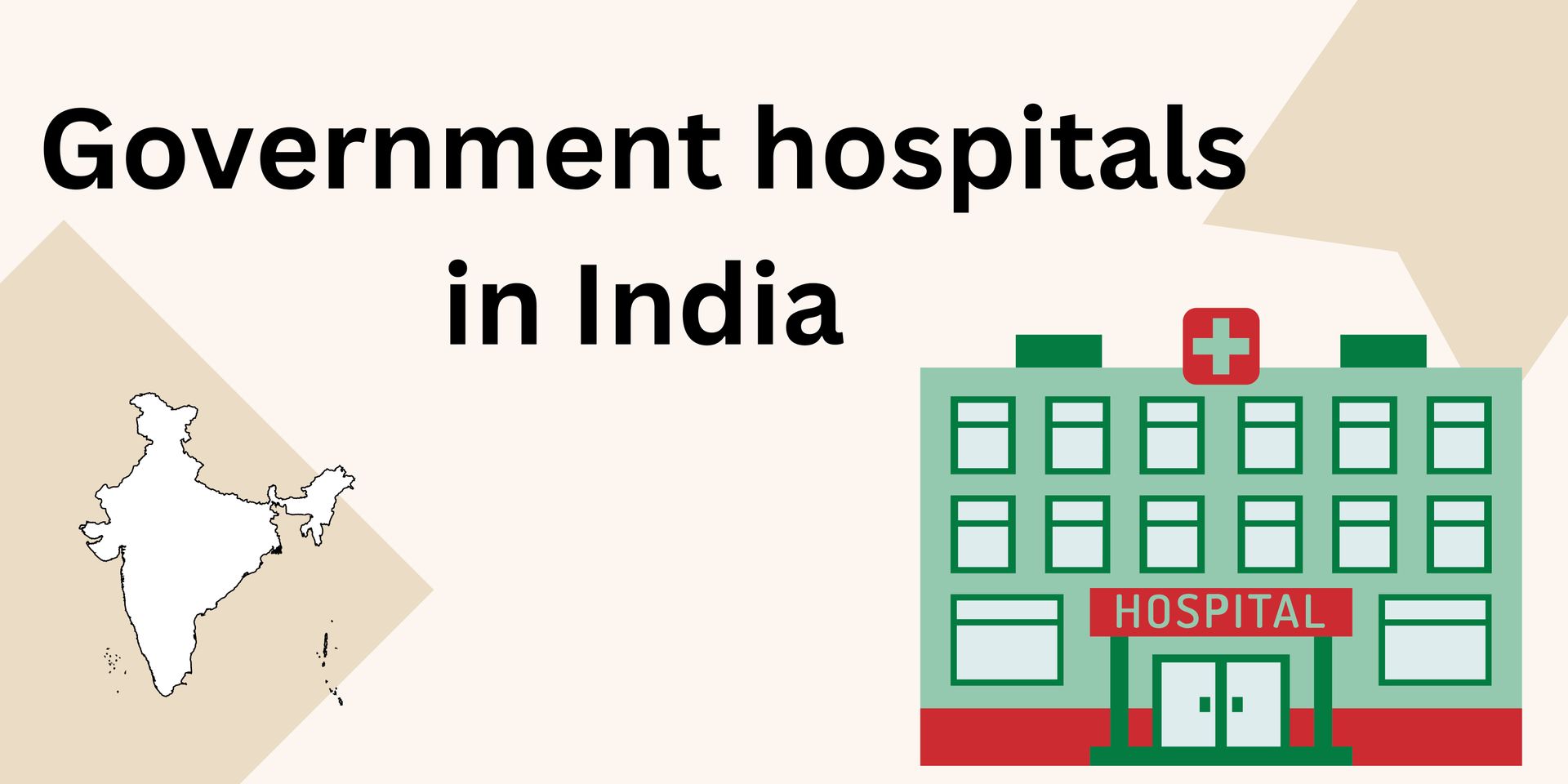Overview
Term insurance is a pivotal financial tool that safeguards your family’s future in your absence. However, determining the right amount of term insurance cover is often a challenging task for many individuals. To understand how much coverage is adequate, one must first grasp what is term insurance and how it can secure financial stability for dependents. This article provides a comprehensive overview of term insurance cover calculation strategies tailored for the Indian context.
What is term insurance and its importance
Term insurance is a pure life insurance plan that offers financial protection to the nominee in case of the policyholder’s untimely demise during the policy tenure. Unlike traditional life insurance plans, term insurance does not accumulate cash value or offer maturity benefits. Its sole purpose is to provide a death benefit to the beneficiaries, helping them cover financial liabilities, maintain their lifestyle, and meet long-term goals.
In India, term insurance has gained significant traction given the rising awareness about financial security and the increasing dependency ratio within families. A well-chosen term plan can cover outstanding loans, children's education, and daily living expenses, making it an essential component of a comprehensive financial plan.
Factors influencing the amount of term insurance cover needed
Several variables impact how much term insurance you should buy. Understanding these factors allows you to tailor your coverage to suit your family’s unique needs.
Financial liabilities
Your term insurance cover should be sufficient to clear any outstanding debts, such as home loans, car loans, or personal loans. These liabilities can become a significant burden on your family in your absence, and having adequate insurance ensures they are not forced to liquidate assets or incur additional debts.
Income replacement
The core purpose of term insurance is to replace your lost income to support daily household expenses. A common rule is to have a cover that is at least 10-15 times your annual income. This estimate allows your family to maintain their current living standards and meet future expenses without financial strain.
Future expenses
Consider large expected expenses like children’s education, marriage, and other major life milestones. Estimating these outflows in advance and including them in your calculation will provide adequate financial backup.
Existing savings and investments
Savings, fixed deposits, mutual funds, and other investments can offset the requirement for extremely high term insurance. Deduct your existing financial assets from the total coverage needed to avoid over-insurance.
Inflation and increasing costs
Inflation erodes the value of money over time, impacting future expenses. While estimating cover, it is prudent to factor in an average inflation rate of 5-6%, ensuring your family does not face financial shortfalls later.
Policy tenure
The policy term should ideally cover the years during which your family depends heavily on your income. Longer tenures provide extended protection but come with higher premiums.
Methods to calculate term insurance cover in India
Several approaches help in estimating how much term insurance cover you really need. These methodologies balance simplicity and thoroughness to cater to different financial literacy levels.
Income multiple method
This is a popular rule-of-thumb method where the insurance cover is calculated as 10 to 15 times your annual income (gross salary). For example, if your annual income is Rs. 12 lakh, your term insurance cover should range from Rs. 1.2 crore to Rs. 1.8 crore.
Needs-based calculation
This approach dives deeper into actual expenses. Calculate:
- Outstanding debts (home loan, personal loan etc.)
- Annual household expenses multiplied by the number of years your family requires support
- Future large expenses (children’s education and marriage)
- Subtract liquid savings and investments
This method is more precise and customised, aligning closely with your family’s financial needs.
Human life value method
This actuarial approach calculates the present value of your expected future earnings until retirement, adjusted for inflation and other factors. It’s more complex but provides a detailed picture of the financial protection your family requires.
Term insurance cover for different life stages
Your term insurance requirements evolve as you progress through various life phases. Reviewing and adjusting coverage ensures that it meets your family’s changing needs.
Early career stage
At this phase, debts might be low but income and responsibilities are growing. A cover of 10-15 times your income is advisable to prepare for increasing liabilities and future expenses like children’s education.
Mid-career with dependents
With increasing loans, children’s education, and other commitments, a higher cover is necessary. Ensure your policy covers all debts and future liabilities comprehensively.
Nearing retirement
By this stage, loans are mostly repaid, and children are independent. Coverage can be lowered, focusing mainly on final expenses and any remaining financial responsibilities.
Choosing the right term insurance plan in India
When selecting a term insurance plan, consider several factors beyond just the cover amount.
Claim settlement ratio
Choose insurers with a high claim settlement ratio, ensuring your beneficiaries receive the payout without hassles.
Premium affordability
Premiums should be affordable for you throughout the policy term without straining your finances. Comparing various policies online can help find the best deal.
Policy features
Look for features such as riders (critical illness, waiver of premium), policy renewal options, and flexibility in tenure, enhancing the plan’s utility.
Insurer reputation
Select an insurer with a strong market presence and customer service record to ensure seamless experience during claims.
Term insurance myths and realities in India
There are misconceptions about term insurance that create confusion among buyers.
- Myth: term insurance is expensive
Reality: Term insurance premiums in India are generally low compared to traditional plans because they provide pure risk cover without investment elements.
- Myth: only breadwinners need term insurance
Reality: Even homemakers’ contribution is valuable and insuring them can help cover household expenses and childcare costs in their absence.
- Myth: I need cover only to clear debts
Reality: Besides debts, term insurance should cover income replacement and future expenses to provide comprehensive protection.
Conclusion
Understanding what is term insurance is just the first step in securing your family’s financial future. Determining how much term insurance cover you really need requires careful analysis of your financial liabilities, income replacement needs, and future obligations. Using robust calculation methods such as income multiples or needs-based approaches can help you arrive at an accurate coverage figure. Remember, the right term insurance plan with adequate cover ensures that your loved ones are protected against financial uncertainties, giving you peace of mind. For more detailed insights on managing personal finance and securing loans, you may explore articles on loans against securities and financial planning available on our site. Invest time in reviewing your term insurance cover periodically to align with your evolving life circumstances and guarantee long-term security.







